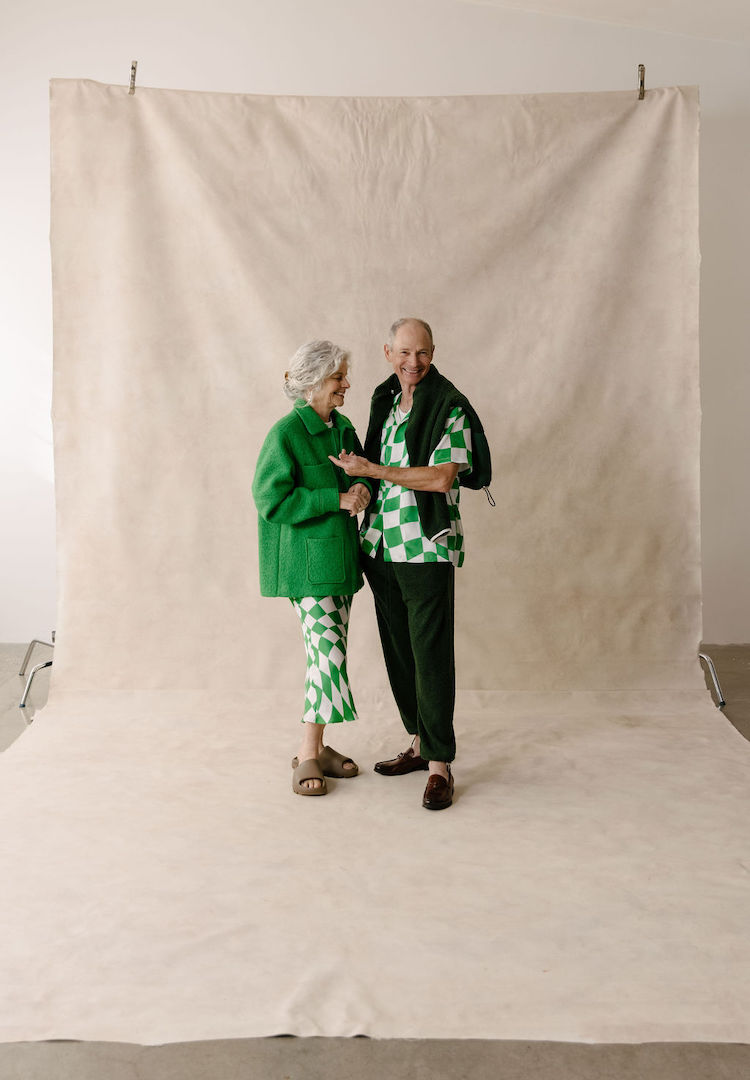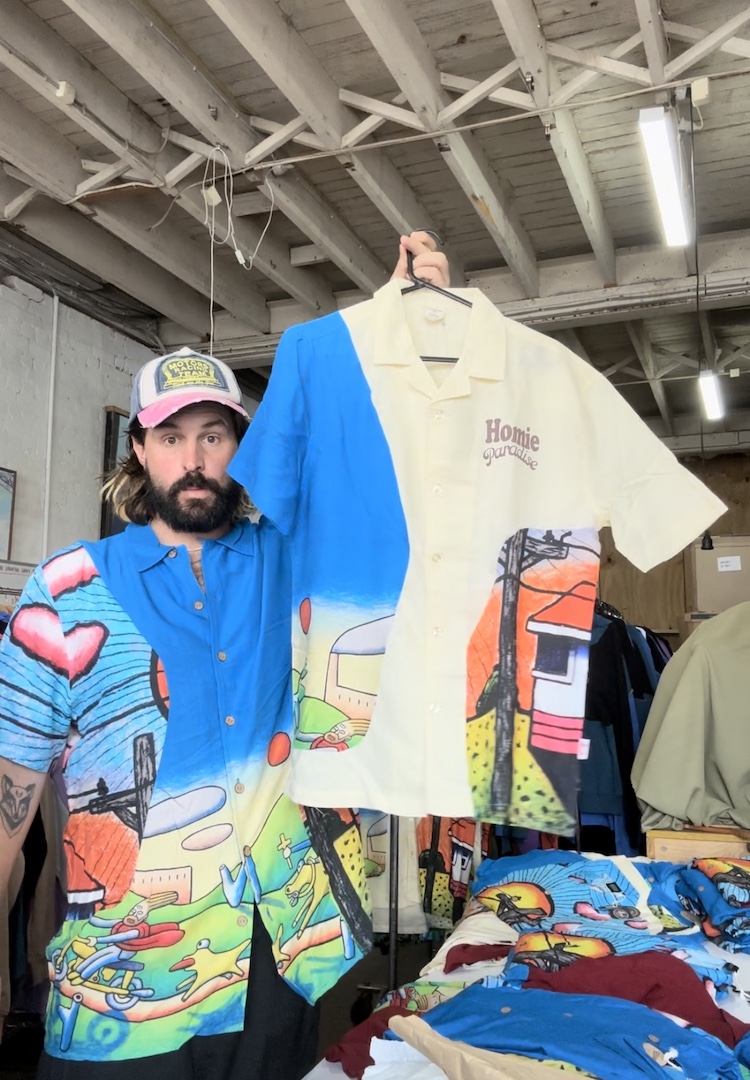All the specialist alterations and repairs you didn’t know existed
Photography by NATASHA KILLEEN
Words by Cara Briggs
Fix it don’t ditch it.
Through the lens of fast fashion, clothing is disposable – if it doesn’t fit right, it tears or rips, or is tied to a micro trend that we’re no longer interested in, often, we just get rid of them. In our desire for immediacy and ‘of the moment’ fashion, it’s easy to become careless and lazy.
But if you’re trying to shop with sustainability and cost per wear in mind, it’s important to resist the compulsion to always get rid of items that aren’t quite right. Instead, ask ‘How can I make this right?’. Let’s bring back the habits and practices our grandparents adhered to, where garments were repaired and altered instead of being discarded.
For more fashion news, shoots, articles and features, head to our Fashion section.
Most of us know about basic alterations like tailoring, hemming your pants, replacing buttons and taking the waist in. But there are many lesser-known options that can help you upcycle and customise your wardrobe. To help you in your search, below we’ve compiled a list of all the unexpected ways you can breathe new life into your garments and accessories.
Invisible mending
Invisible mending is a form of repair that fixes holes or tears in your clothes by individually weaving threads from the unseen fabric of the interior. As the name suggests, if it’s done well, the repaired section is usually invisible and blends seamlessly into the piece. This is a great way to extend the life of any garment and can be done by your local alteration service.
Visible mending
Visible mending is a form of repair work that is deliberately visible. Unlike traditional repairs, visible mending uses ornamental additions to create a feature of bright patches and contrasting threads. This is becoming an increasingly popular form of upcycling, in which unique fabrics are sewn into your damaged garment to create texture and versatility. Most local tailors will be able to repair your garments with visible mending.
Zip replacement and addition
Most of us will own an accessory or item of clothing with a zip. The obvious option for repair would be to replace the zipper. However, adding additional zips to your clothing can be both functional and serve an aesthetic purpose.
Take an embroidered bag I bought from a vintage store; it was the perfect size and shape, but everything kept falling out of it. The best $15 I ever spent was adding a zipper to its opening. I was surprised to find most local cobblers are able to make this functional addition to your accessories.
Pants reshaping
Reshaping your pants is a handy hack I discovered on my vintage shopping journey. I would often find a pair of pants in a beautiful fabric, but they were slightly too flared or wide in the leg. To remedy this, I took them to the tailor who was able to take them in to make them the ideal shape for me. This meant I avoided the trap of buying something that didn’t fit quite right and letting it sit in the back of my wardrobe.
Waist increase
Resizing the waist of your pants and skirts is one of the best ways to customise your garments. For those of us that don’t possess hourglass proportions, there’ll be occasions where a piece fits but is too small on the waist. We’ve all heard about ‘getting the waist taken in’, but what about getting the waist taken out? A specialised seamstress can add inches to your waistband to fit you, as should be the case with all clothes.
Shoe resoling
There’s nothing worse than finding a pair of shoes that fit perfectly only for the sole to wear thin after excessive wear. Rather than taking this as a sign that a new pair is needed, search for your nearest cobbler to discuss your resoling options. Resoling can extend the life of your shoes by years and is often more affordable than buying a new pair.
Shoe stretching
Shoe stretching is an option for those who have invested in footwear that is too tight. Your local cobbler can stretch your shoes up to half a size in a specialised machine that is designed to stretch materials like leather. For anyone who’s been putting off wearing uncomfortable shoes, this option can give your feet some room to breathe and prevent pressure blisters.
Lace repair
Torn lace can often seem like a lost cause. With its intricate details, a simple stitch won’t be enough to restore it. But for the skilled seamstress, a hand-sewn technique carried out with extra patience will bring it back to life. For those needing repairs in a rush, a well-placed lace fabric adhesive can do wonders.
Hardware repair
Buckles, clasps, clips, rings, locks and other bag closures can all be repaired and replaced by the right cobbler. This is a great way to refresh your accessories which can often look tired and worn if the hardware becomes scratched or broken.
Leather dying and repair
The great thing about leather is its durability. However, with time and wear, your leather goods can start to age due to cracks and scuffs. Whether it be an investment handbag or your favourite pair of boots, a leather specialist can restore and repair your piece back to its former glory. By filling in surface cracks and using a specialised dye, the leather can regain its smooth, scratch-free surface.
Straps replacement
Straps are usually the first thing to show wear and tear on your leather goods. They are the most handled and pulled part of a bag and can discolour due to dirt and oxidisation. A good leather specialist will be able to repair or replace the straps of your beloved leather goods with either the same or a similar material.
For more ideas on upcycling, head here.










